Associate Professor, Dr. Le Thi Thu Hien - Director of the Department of Cultural Heritage (Ministry of Culture, Sports and Tourism) shared about the process of building and protecting records, as well as measures to preserve and exploit heritage to bring opportunities and development potential in the new era.
.jpg)
Associate Professor, Dr. Le Thi Thu Hien.
PV: Madam, what is the significance of Vietnam's heritage being continuously honored by UNESCO in recent times for the cultural sector and the country's image in the international arena?
Associate Professor, Dr. Le Thi Thu Hien: On July 12-13, 2025, the UNESCO World Heritage Committee officially recognized the Yen Tu - Vinh Nghiem - Con Son - Kiep Bac Monuments and Landscape Complex (located in Quang Ninh, Bac Ninh provinces and Hai Phong city) as a World Cultural Heritage; at the same time, considered and approved the adjustment of the boundary of the world natural heritage Phong Nha - Ke Bang National Park (Quang Tri province, Vietnam) connecting with Hin Nam No National Park (Kham Muon province, Laos), with the name: "Phong Nha - Ke Bang National Park and Hin Nam No National Park" in the World Heritage List.
These are outstanding events of the culture, sports and tourism sector in 2025, making an important contribution to the country's cultural development, promoting the socio -economic development of localities with heritage, and at the same time contributing to strengthening the special relationship between Vietnam and Laos.
So, madam, what difficulties and advantages do we encounter in the process of building and protecting the records of these heritages?
Regarding the nomination dossier of the Yen Tu - Vinh Nghiem - Con Son - Kiep Bac Complex of Monuments and Landscapes, the relic site dates back to the 13th century. Due to its existence over many centuries, many relics no longer retain their original value; some relic sites have been built and restored, some have been newly built, so there are not many authentic relics dating back to the Tran Dynasty. The content of the nomination dossier focuses on the 13th-14th centuries, but many attributes of the 20 relic clusters and sites date back a long time.
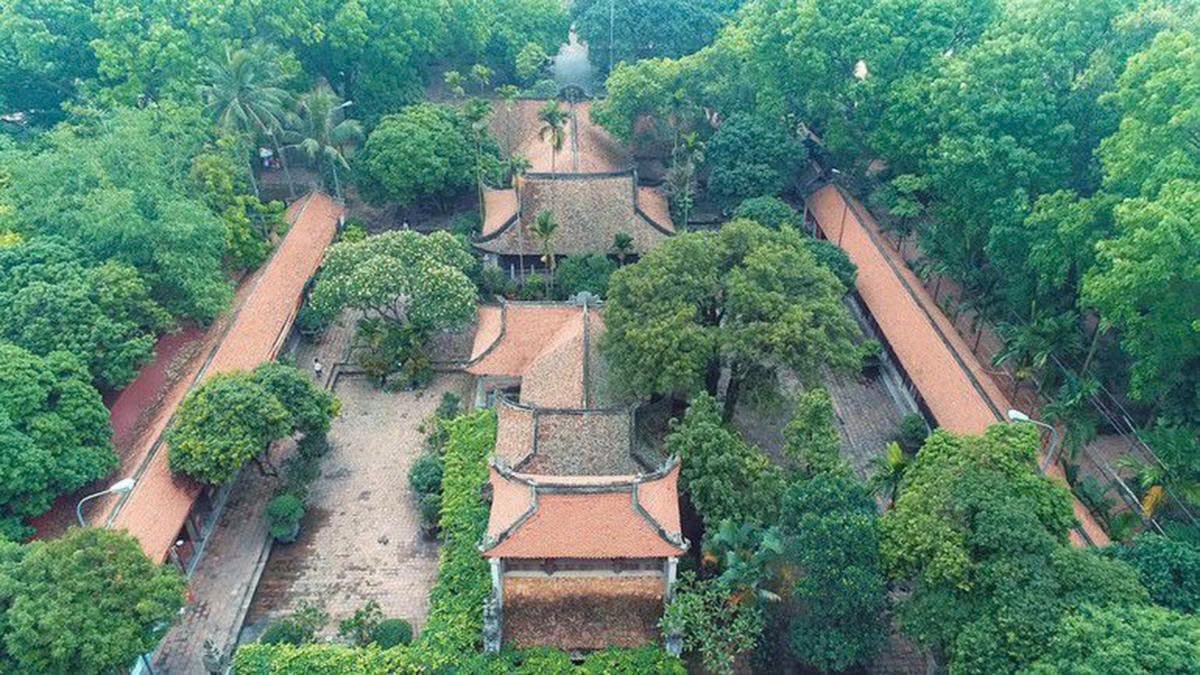
Vinh Nghiem Pagoda seen from above.
Another difficulty is related to ICOMOS recommendations on archaeology; heritage capacity assessment; measures to ensure security and safety for monuments and relics; especially the recommendation to complete the integration of the Heritage Impact Assessment mechanism into the Law on Cultural Heritage...
In particular, the requirements for UNESCO's Dossier are increasingly difficult and strict, and the on-site verification of the authenticity of ICOMOS is extremely strict. The authenticity has been preliminarily examined by UNESCO experts and concluded that this is the weakest point that needs to be overcome to serve to prove the global outstanding criteria of the heritage site.
Along with that, the work of preserving relics is still inadequate (some relics have been completely destroyed such as Quynh Lam Pagoda, Ngoa Van Pagoda, some relics have been and are preparing to invest in new construction)...
Regarding the dossiers of Phong Nha - Ke Bang National Park and Hin Nam No National Park, the Ministry of Culture, Sports and Tourism determined that the task of supporting Laos in completing the dossier to nominate Hin Nam No National Park (Laos) as a transboundary World Heritage Site with the World Natural Heritage of Phong Nha - Ke Bang National Park (Vietnam) as a World Heritage Site is a particularly important political task, demonstrating Vietnam's responsibility to UNESCO and the international community in general, as well as a practical solution to implement cooperation agreements between the two Parties and the two States of Vietnam and Laos.
Therefore, the construction of the dossier is given top priority by the Ministry of Culture, Sports and Tourism, considered a symbol of cooperation between the two countries in the field of cultural heritage, thereby contributing to further strengthening and consolidating the special friendship, solidarity and comprehensive cooperation between Vietnam and Laos.
So with the two heritages just recognized by UNESCO, how will the Department of Cultural Heritage and the locality plan to preserve and promote their values in the coming time, Madam?
In the coming time, to properly manage the World Cultural Heritage Complex of Yen Tu - Vinh Nghiem - Con Son - Kiep Bac, the Department of Cultural Heritage will work with localities to closely follow UNESCO's recommendations on heritage site conservation, fully implement the planning of these relic sites approved by the Prime Minister; Complete the integration of the Heritage Impact Assessment mechanism into the Law on Cultural Heritage and the Decree guiding its implementation.
At the same time, carry out the restoration and embellishment of relics in accordance with the provisions of the law on cultural heritage; Make a plan to respond to the increase in the number of visitors in the future and integrate tourism activities and orientations into a tourism management plan.
In particular, we also pay attention to prioritizing the development of tourist services that do not affect the heritage value and are in harmony with the surrounding landscape; Strengthening research and collecting detailed information on indigenous knowledge related to intangible cultural heritage in this area, in order to provide the necessary context for the participation of indigenous communities in the process of heritage management and protection.
For the World Natural Heritage Phong Nha - Ke Bang National Park and Hin Nam No National Park, the two sides need to continue to promote the implementation of scientific research topics and establish operational methods to be able to deal with risks affecting the heritage; assess tourism capacity in accordance with the capacity and ecological resource capacity in the overall Phong Nha - Ke Bang National Park and Hin Nam No National Park.
In particular, the Vietnamese side can support the Lao side to improve the capacity to build legal regulations in managing, protecting and promoting the value of World Heritages in general and Hin Nam No National Park in particular.
Thank you very much!
Source: https://daidoanket.vn/co-hoi-moi-cho-di-san-10311586.html





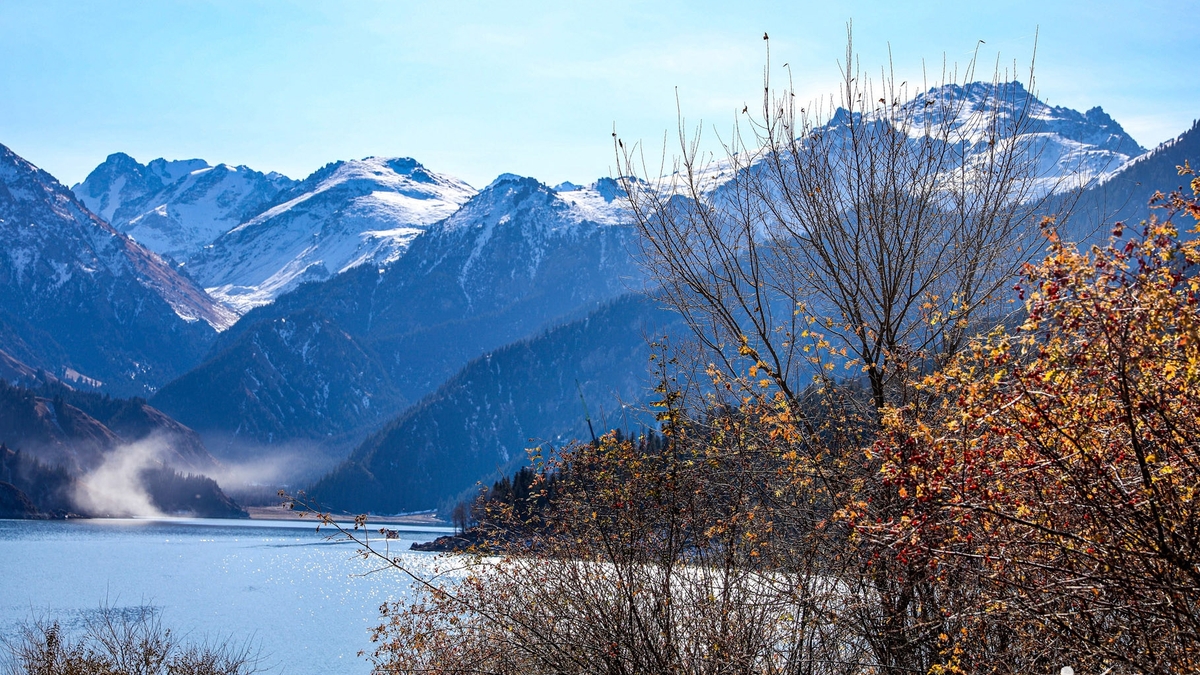
![[Photo] Cutting hills to make way for people to travel on route 14E that suffered landslides](https://vphoto.vietnam.vn/thumb/1200x675/vietnam/resource/IMAGE/2025/11/08/1762599969318_ndo_br_thiet-ke-chua-co-ten-2025-11-08t154639923-png.webp)



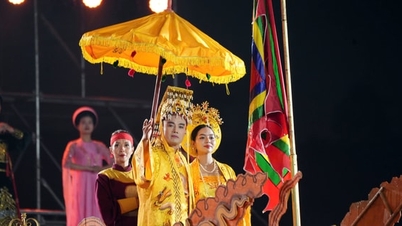

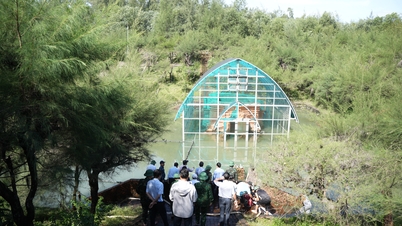

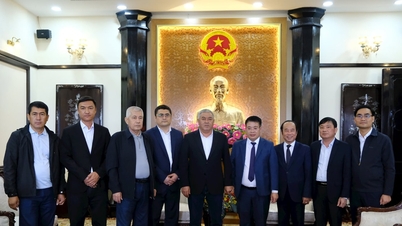

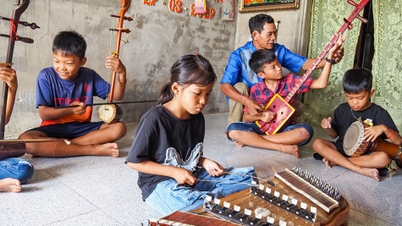










![[Video] Hue Monuments reopen to welcome visitors](https://vphoto.vietnam.vn/thumb/402x226/vietnam/resource/IMAGE/2025/11/05/1762301089171_dung01-05-43-09still013-jpg.webp)






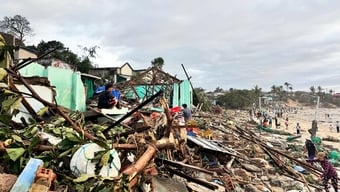

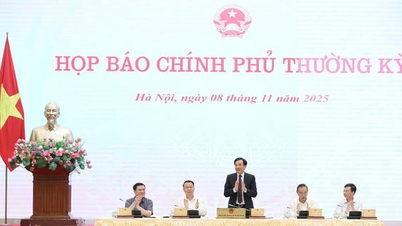
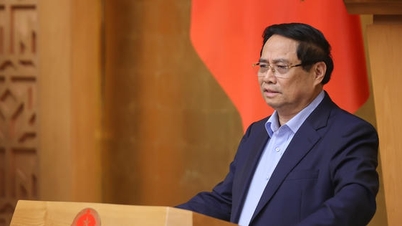
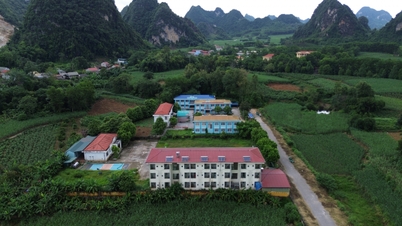

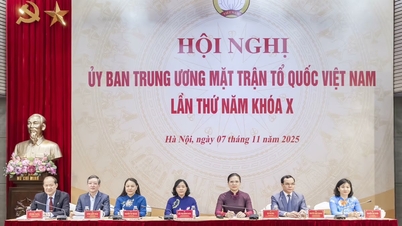

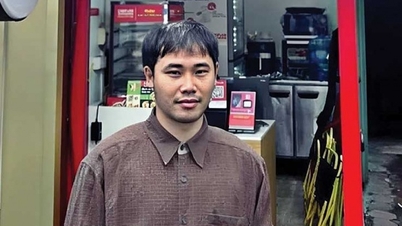


























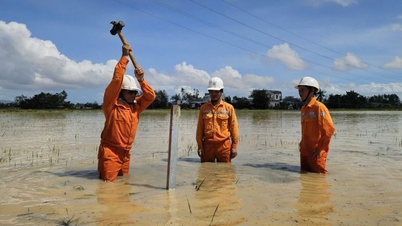








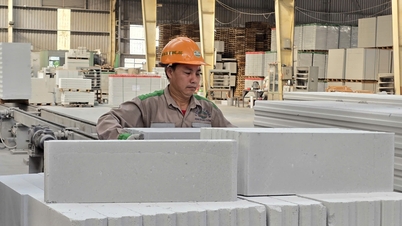






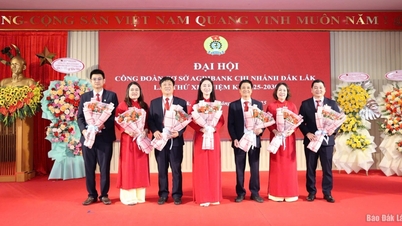

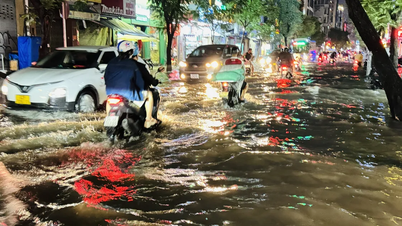

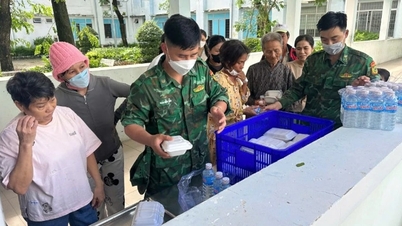
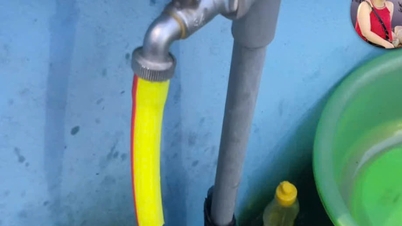













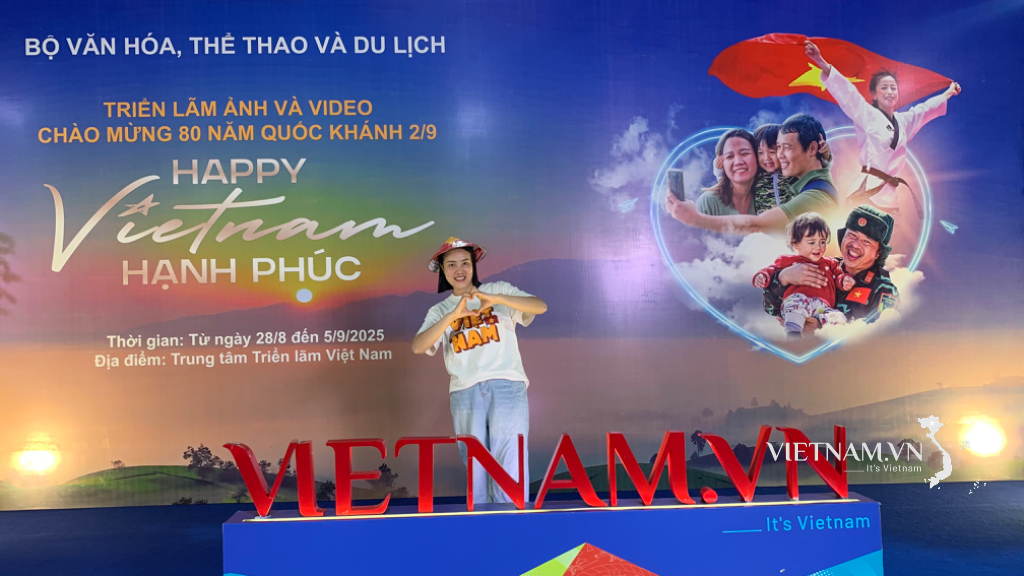
Comment (0)